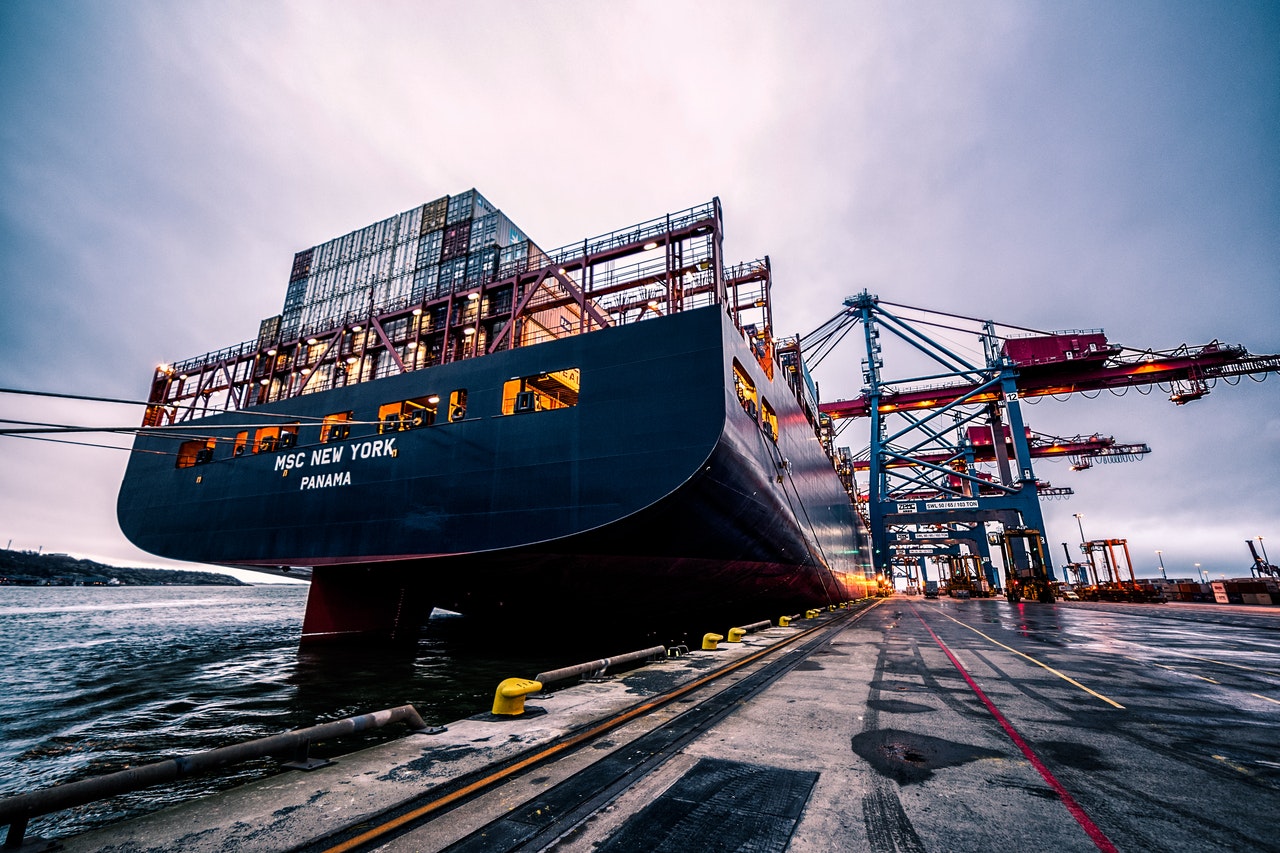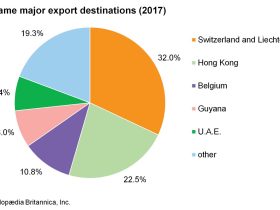
Madagascar’s main imported goods
Madagascar, a developing island nation off the southeastern coast of Africa, relies heavily on imports to meet its domestic needs. The country imports a wide range of goods to support its economy, infrastructure, and population. Below is a detailed overview of Madagascar’s main imported goods:
1. Machinery and Equipment
One of Madagascar’s largest import categories is machinery and equipment. These include industrial machinery, electrical generators, construction equipment, and agricultural machinery. These imports are essential for modernizing the country’s industries, particularly mining, agriculture, and manufacturing.
2. Petroleum Products
Madagascar is heavily dependent on imported petroleum products, including gasoline, diesel, and kerosene. These fuels are crucial for transportation, electricity generation, and industrial operations. The country lacks significant domestic oil production, making energy imports a priority.
3. Vehicles and Automotive Parts
Vehicles, including cars, trucks, and motorcycles, form another major import category. The transportation sector relies on imports due to limited local manufacturing capabilities. Spare parts and accessories are also imported to support the maintenance of the country’s vehicle fleet.
4. Food Products
Madagascar imports significant quantities of food to supplement its domestic agricultural production. Key imports include rice (a staple food), wheat, sugar, cooking oil, and processed foods. These imports are necessary to address food security challenges and meet the growing demands of urban populations.
5. Pharmaceuticals and Medical Equipment
Healthcare in Madagascar depends on imported pharmaceuticals and medical equipment. Medicines, vaccines, diagnostic tools, and surgical instruments are regularly brought in to support hospitals, clinics, and health programs. This is particularly vital given the country’s ongoing efforts to improve public health.
6. Chemical Products
Chemicals, including fertilizers, pesticides, and industrial chemicals, are essential imports for various sectors. Fertilizers and pesticides support Madagascar’s agriculture, while industrial chemicals are used in manufacturing and construction.
7. Consumer Goods
Madagascar imports a variety of consumer goods, including electronics (mobile phones, televisions, and computers), clothing, furniture, and household items. These products cater to the lifestyle needs of its population, especially in urban centers.
8. Construction Materials
Given the need for infrastructure development, Madagascar imports construction materials such as cement, steel, and prefabricated building components. These materials are essential for constructing roads, bridges, housing, and public facilities.
9. Textiles and Raw Materials
While Madagascar has a significant textile industry, it still imports raw materials like cotton, synthetic fibers, and dyes to support local production. These imports are vital for producing garments for both domestic consumption and export.
10. Electronics and Telecommunications Equipment
With the increasing penetration of digital technologies, Madagascar imports telecommunications equipment such as routers, mobile phones, and other digital devices. These imports support the growth of the IT and communication sectors.
11. Luxury and Specialty Goods
Madagascar also imports a smaller volume of luxury goods such as high-end cars, branded clothing, and specialty foods, catering to its affluent population segments and expatriates.
Trade Partners and Challenges
Madagascar’s primary import partners include China, India, France, South Africa, and the United Arab Emirates. Despite the demand for imports, the country faces challenges like high transportation costs, inadequate port infrastructure, and currency fluctuations that affect trade balances.
Conclusion
Madagascar’s imports reflect its dependence on foreign goods to drive its economy and meet the needs of its population. From machinery to food and medical supplies, these imports are crucial for sustaining various sectors and improving living standards. Addressing challenges in logistics and domestic production could help reduce this dependency over time.





Leave a Reply